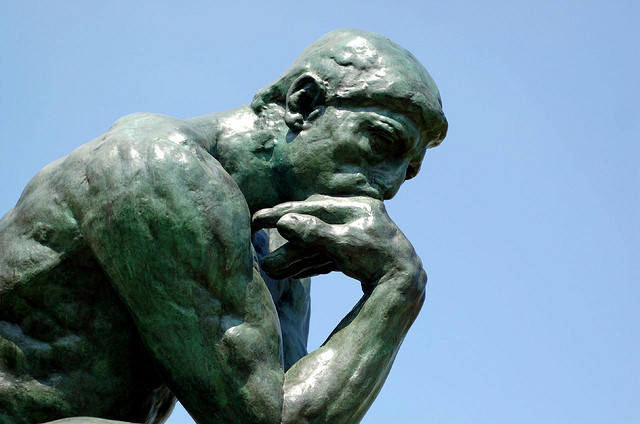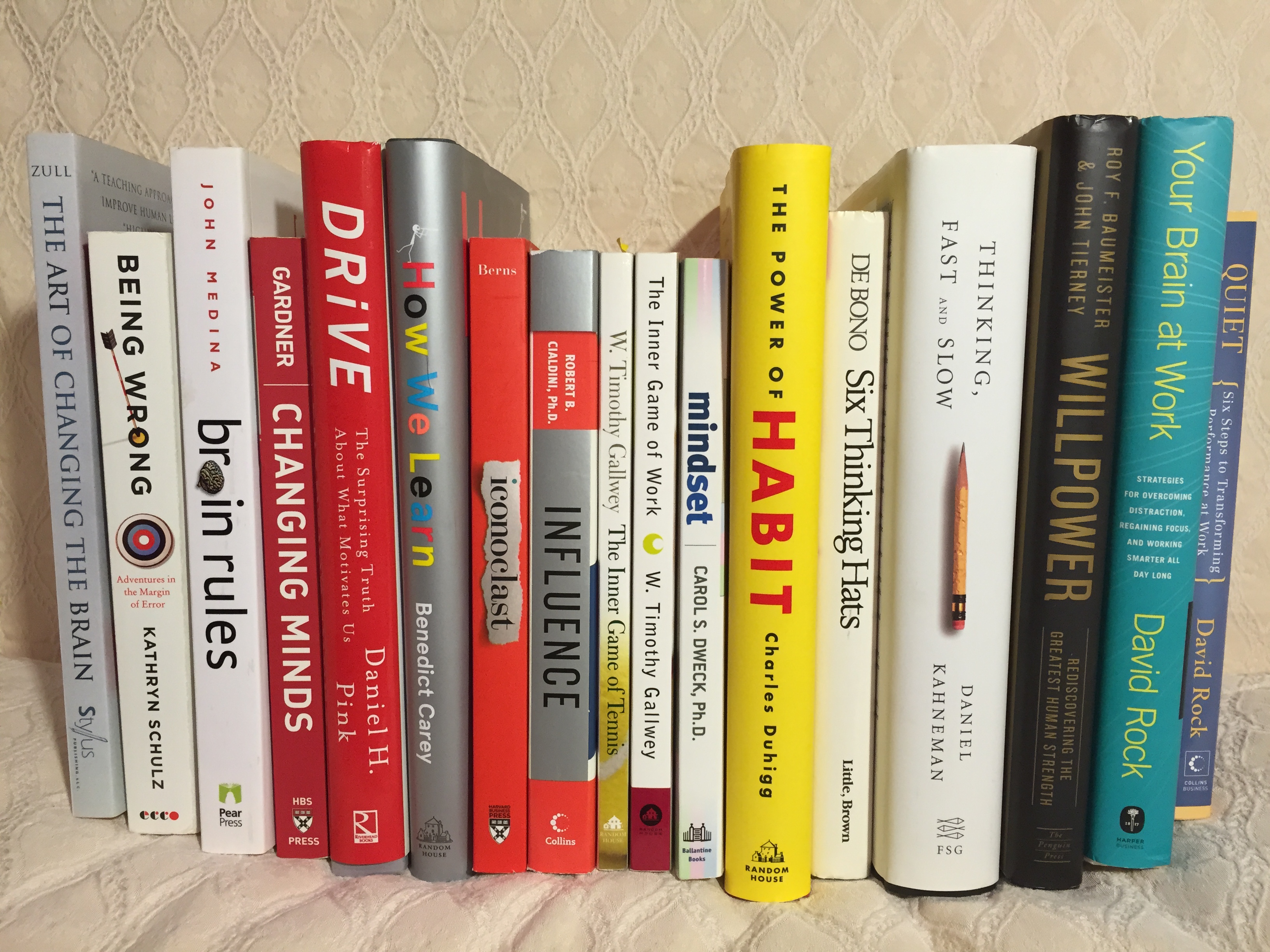 Todd Cherches | Comments Off |
Todd Cherches | Comments Off |  Careers,
Careers,  Interviewing,
Interviewing,  Thinking,
Thinking,  jobs,
jobs,  leadership,
leadership,  meetings
meetings  Friday, February 24, 2017 at 1:37AM
Friday, February 24, 2017 at 1:37AM 
So, you have an important job interview scheduled, or a big meeting coming up with the boss or with an important client. You’ve done your homework and you’re prepared, primed, and pumped up.
But have you thought about your thinking speed?
We all know that interviews and high-stakes meetings can be very stressful, and when nerves flare up our tendency is to think and talk too fast, leading to our potentially blowing that meeting that we prepared so long and so hard for.
In his best-selling, award-winning book “Thinking, Fast and Slow,” Daniel Kahneman takes a deep dive into how we think – and shows us how we can be more effective...simply by slowing down. According to Kahneman, one of the biggest problems is that we tend to -- especially when under stress -- think too fast.
When your brain reacts and responds automatically and instinctively – almost thinking without really thinking, that’s what he calls “thinking fast.” This is how we think most of the time. On the other hand, “thinking slow” is when your brain hits the pause button and takes a brief moment to consciously reason, consider, question, analyze, and decide -- before responding or acting.
Of course “thinking fast” is a good thing. We couldn’t possibly – and wouldn’t want to – have to over-analyze every single thought before responding. But, on the flipside, how often do we make mistakes because we jump to conclusions or have impulsive, knee-jerk reactions when we might have benefited from pausing, even momentarily, to devise a more well-considered response?
So how can you leverage the power of “thinking slow” when on the spot in your next meeting or job interview?
One simple and powerful way to do so is by keeping in mind this extremely effective storytelling technique called “PARLA.”
PARLA stands for Problem, Action, Result, Learning, & Application.
Let's say the interviewer asks you a question like, "Can you tell me about a time wherein you faced a similar situation?" or you're in a sales meeting and the potential client asks, "Have you ever worked with a company like ours before?" In either scenario, you might use the PARLA method to structure your 5-part response as follows:
P – Problem: Let me tell you about the time I faced a similar situation...;
A – Action: Here’s the action I took...;
R – Result: Here’s the outcome of that action...;
L – Learning: Here’s what I learned...;
A – Application: And (*this is the most important and relevant part to the listener) here’s how I would apply what I learned from that prior experience in the future....
Very often when an interviewer or a potential client asks us a question, what often happens -- in our excitement and enthusiasm to convince them to choose us -- we excitedly blurt out something like, “Because I have a degree in x, and ten years’ experience, and I’m a hard worker, and a team player, and blah blah blah.” Not only are we thinking fast, we’re talking fast, and often just rambling on and on. And that’s exactly what so many people do.
Instead, why not try to differentiate yourself by taking a breath and a brief, two-second pause...followed by a confident, PARLA-based story that will make you stand out from the crowd.
One time a new potential client asked me "How much experience do you have working with millennials?"
My PARLA-structured response: “I've definitely spent a lot of time working with millennials! In fact, I teach a graduate course in 'Leadership & Team Building' in the HR Master's program at NYU -- and most of my students are millennials. And I've worked with a number of tech start-ups who have mainly millennial populations ("Problem"). One of the things I always make sure of when training millennials is to keep things as fast-paced, varied, and highly-interactive as possible ("Action"). I've found that when I do, it dramatically increases their attention, comprehension, and retention ("Result"). So every one of my training programs is designed and delivered with my company's "3 E's" -- Educate, Engage, and Excite -- in mind ("Learning"). And, so, I would definitely make sure that any leadership program we do for your millennial employees is highly interactive and experiential as well ("Application").
It's that simple: PARLA.
By the way, the "P" for "Problem" just refers to the comparable challenge, issue, or situation you're using as an example.
And note that even if things didn’t go well in the Results phase of your example, what’s important is that you took an Action to address a Problem, and that you Learned something valuable from it that you can Apply going forward. And, in truth, that’s really what the interviewer is, ultimately, looking for: whether or not you have the relevant experience and the capability to do the job.
Lastly, PARLA is not just a storytelling technique for use when BEING interviewed or trying to persuade someone; it is actually a classic behavioral interviewing technique that an interviewer may use to question you! If an interviewer ever starts a sentence with, “Tell me about a time when…” you will now immediately recognize that that is what they’re doing…and what they are looking for in terms of a response. So (not to give away any behind-the-scenes interviewing secrets :), but now that you are aware of this very popular interviewing methodology, going forward you will be better equipped, and can be better prepared, to respond on the spot.
Seizing the opportunity to tell a powerful, well-structured personal story using the PARLA format will capture and hold the interviewer’s attention, bring your experience to life, shows that you can think on your feet, and demonstrates with poise and confidence that you have what it takes to do the job...because you’ve been there before.
That’s the power of “thinking slow” in action.
For additional resources to help you improve your thinking skills, please check out my blog post entitled, “15 Fascinating Books to Help You Become a Better Thinker.”

 Todd Cherches | Comments Off |
Todd Cherches | Comments Off |  Careers,
Careers,  Interviewing,
Interviewing,  Thinking,
Thinking,  jobs,
jobs,  leadership,
leadership,  meetings
meetings